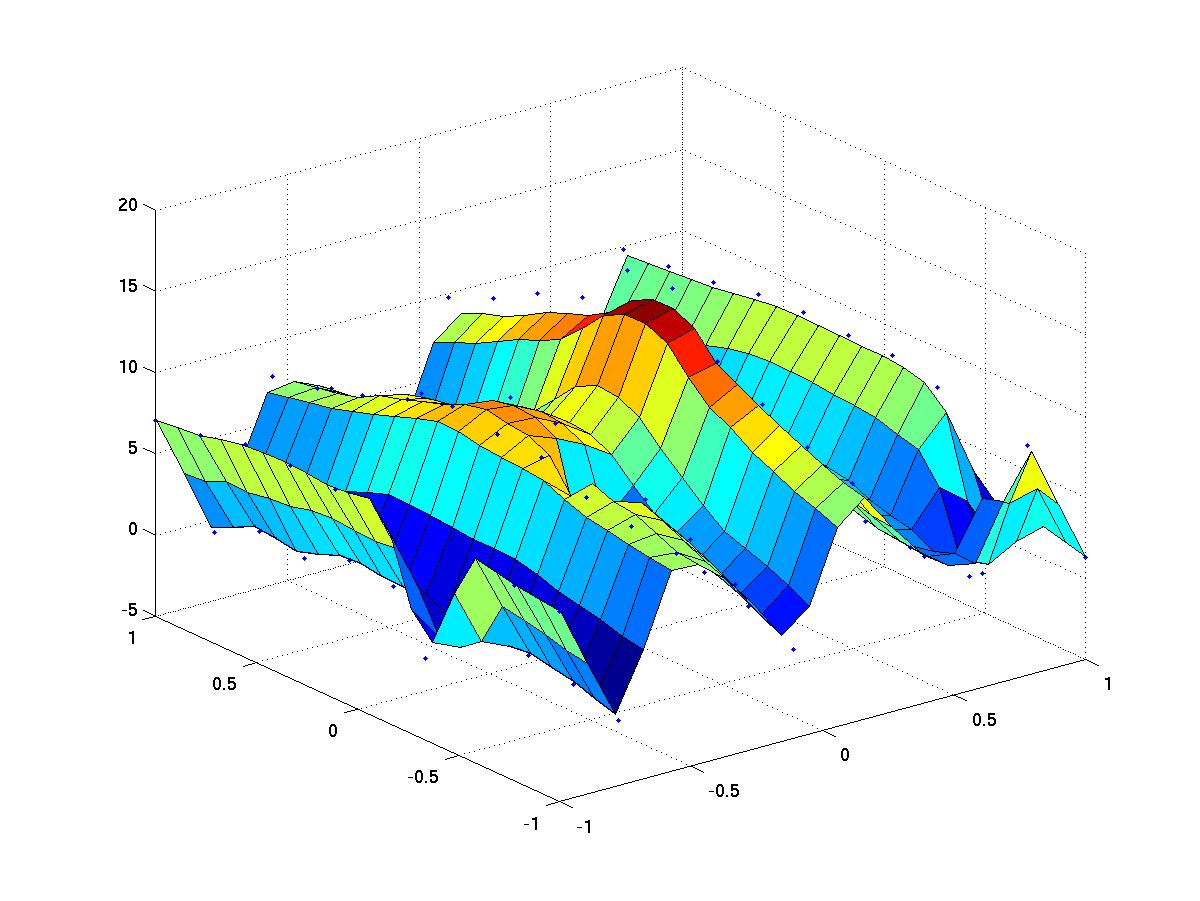

The standard deviation, by default, will be normalized to N-1, N being our number of observations. We use the std function to compute the standard deviation of an array, vector, or matrix elements.
FIND A POINT IN AVECTOR SET MATLAB HOW TO
Let us now see how to assign weightage in the std function. In the above 3 examples, we have not provided any weightage while computing the standard deviation. Please note that, for a matrix, the std function will compute the standard deviation of elements along each column. Pass this input matrix as an argument to the standard deviation function.This example will use the std function to compute the standard deviation of 3 x 3 matrix elements. Pass this input array as an argument to the standard deviation function.Īs we can see in the output, 7.2877 is the standard deviation of the elements of our input array.In this example, we will use the std function to compute the standard deviation of elements of an array. Given below are the examples of Matlab Standard Deviation: Example #1 Please note that, by default, the standard deviation will be normalized to N-1, N being our number of observations. SD = std (X, w) is used to compute the standard deviation of the elements of ‘X’ with a weightage of ‘w’.Here, ‘X’ can be a vector, matrix, or multidimensional array. SD = std (X) is used to compute the standard deviation of the elements of ‘X’.Vector and tensor analysis with applications. Vector Analysis (Schaum's Outlines) (2nd ed.). Linear Algebra (Schaum's Outlines) (4th ed.). Intel oneAPI Math Kernel Library real p?dot dot = sub(x)'*sub(y) complex p?dotc dotc = conjg(sub(x)')*sub(y).Python (package NumPy) as numpy.dot(A, B) or numpy.inner(A, B).Matlab as A' * B or conj(transpose(A)) * B or sum(conj(A).BLAS level 1 real SDOT, DDOT complex CDOTU, ZDOTU = X^T * Y, CDOTC, ZDOTC = X^H * Y.

To avoid this, approaches such as the Kahan summation algorithm are used. The straightforward algorithm for calculating a floating-point dot product of vectors can suffer from catastrophic cancellation. In modern presentations of Euclidean geometry, the points of space are defined in terms of their Cartesian coordinates, and Euclidean space itself is commonly identified with the real coordinate space R n \mathbf, see Tensor contraction for details. The equivalence of these two definitions relies on having a Cartesian coordinate system for Euclidean space. The geometric definition is based on the notions of angle and distance (magnitude) of vectors. The dot product may be defined algebraically or geometrically.

It is often called the inner product (or rarely projection product) of Euclidean space, even though it is not the only inner product that can be defined on Euclidean space (see Inner product space for more).Īlgebraically, the dot product is the sum of the products of the corresponding entries of the two sequences of numbers. In Euclidean geometry, the dot product of the Cartesian coordinates of two vectors is widely used. In mathematics, the dot product or scalar product is an algebraic operation that takes two equal-length sequences of numbers (usually coordinate vectors), and returns a single number. For the product of a vector and a scalar, see Scalar multiplication. For the abstract scalar product, see Inner product space.


 0 kommentar(er)
0 kommentar(er)
